Research Testbeds
Testbed 1: Human-Machine Interfaces
Near-infrared spectroscopy based biophotonic capability addresses the current limitations with sleep study instruments to sort sleep stages and detect sleep events. Textile fiber embedded sensors integrated into inner-socket environments provide simultaneous measurement of tactile forces, wetness, biopotentials and body heat and provide continuous monitoring for lower-limb prosthetic devices. ASSIST prototypes provide “self-powered” wearable sensors for correlating physiological end-points with exposure factors targeting respiratory health monitoring, diet management and medication compliance detection.
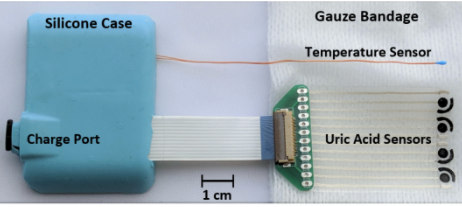
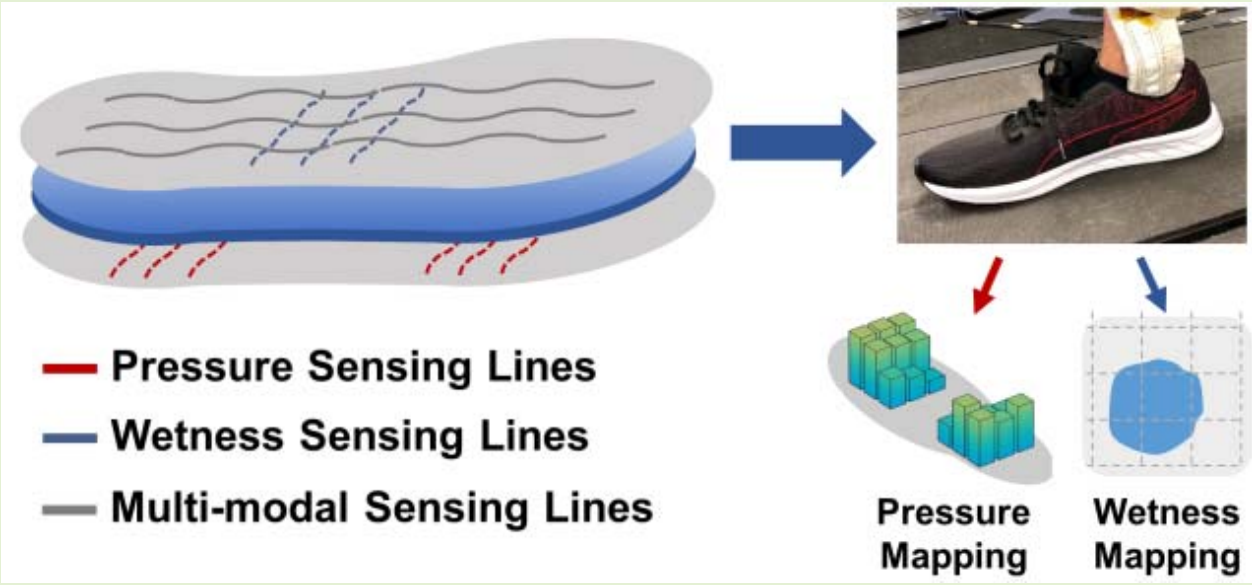
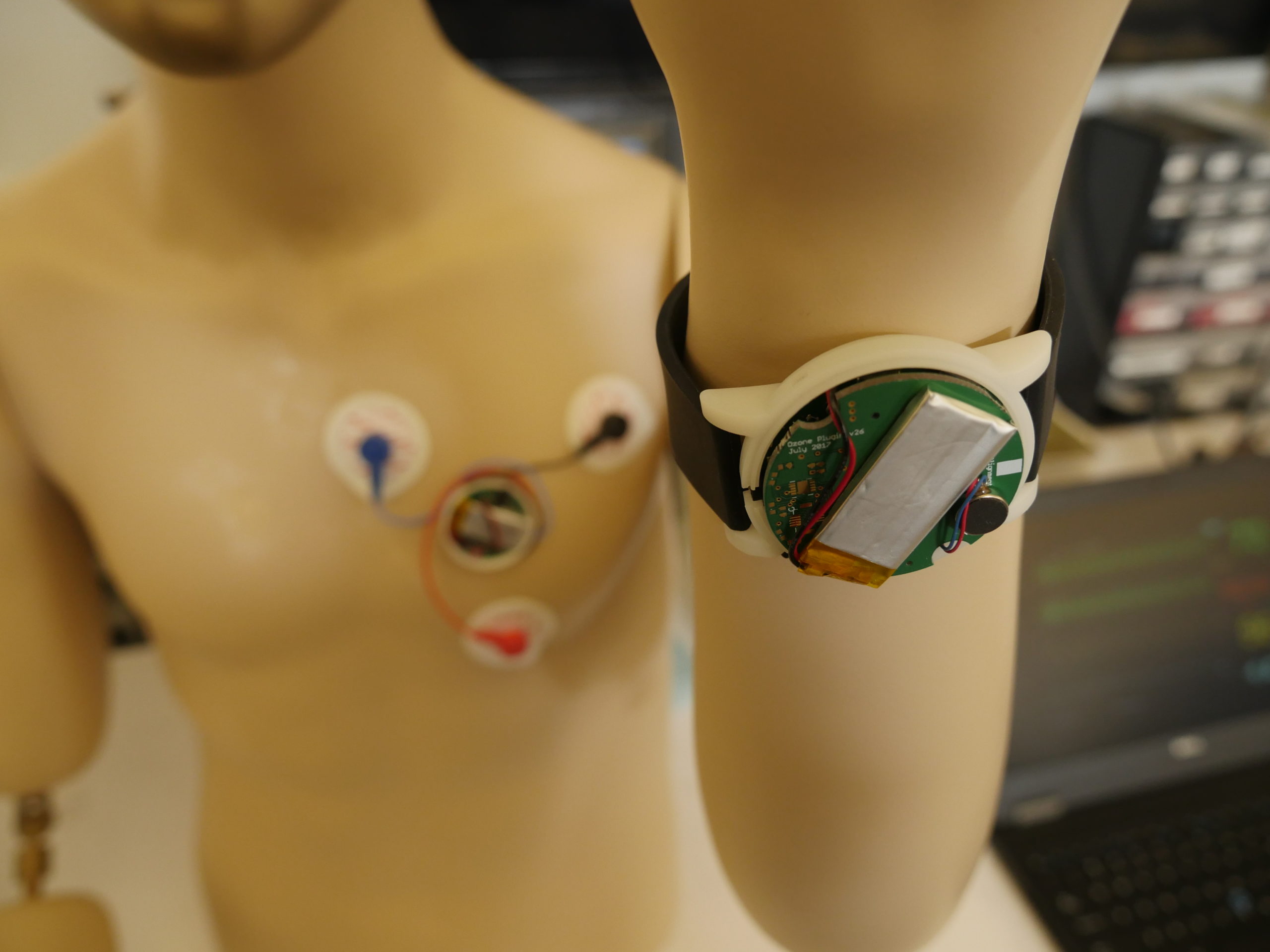
Sponsors:

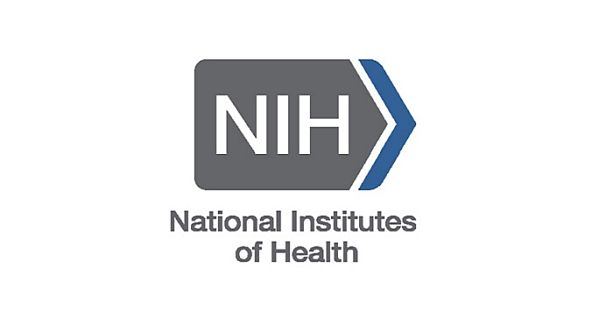
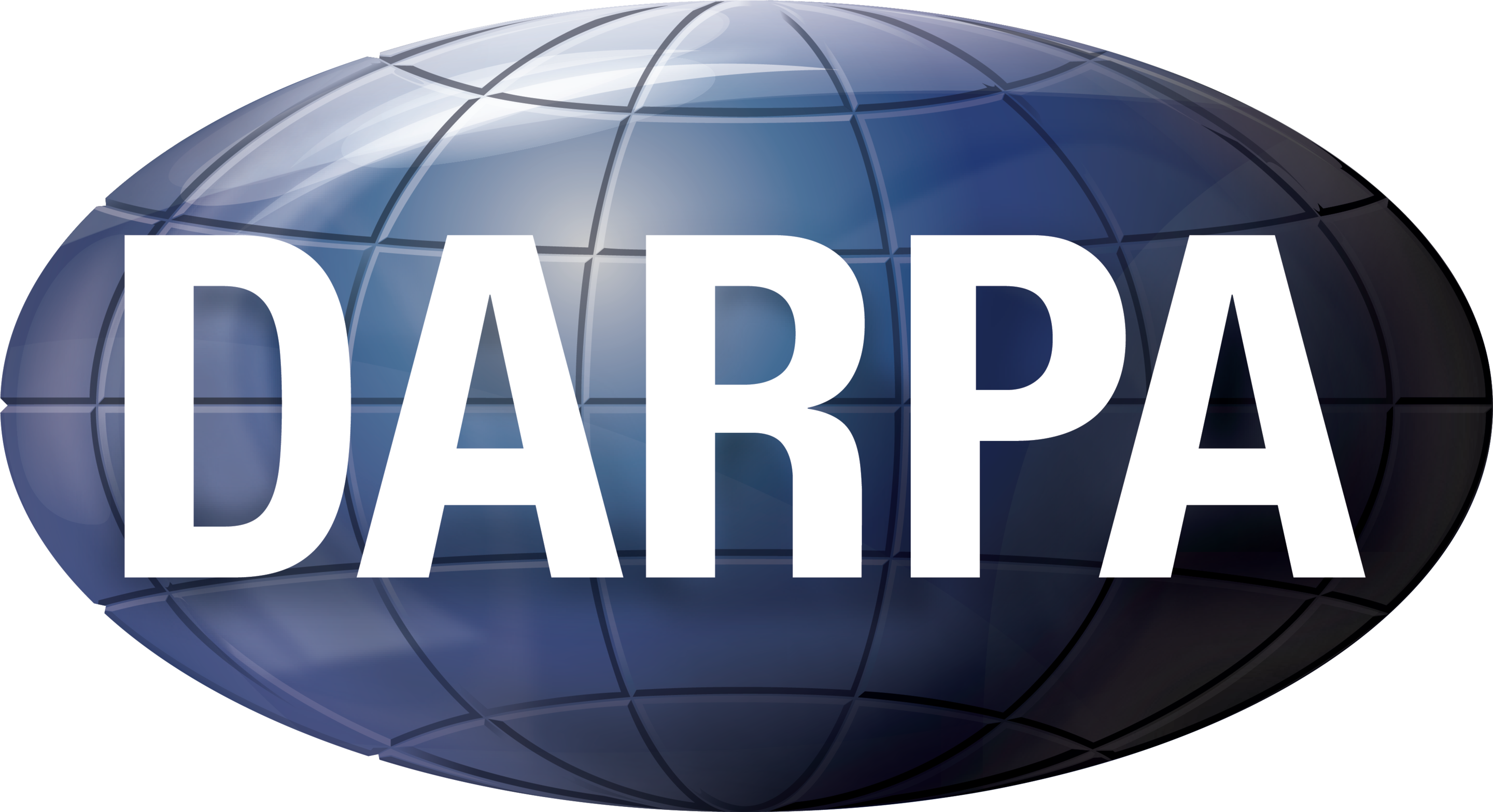


Publications:
- Agcayazi T, Tabor J, McKnight M, Martin I, Ghosh T, Bozkurt A.(2020) Fully-Textile Seamline Sensors for Facile Textile Integration and Tunable Multi-Modal Sensing of Pressure and Wetness, Advanced Materials Technologies, 5(8), 2000155.
- Dieffenderfer J, Goodell H, Mills S, McKnight M, Yao S, Lin F, Beppler E, Bent B, Lee B, Misra V, Zhu Y, Oralkan O, Strohmaier J, Muth J, Peden D, and Bozkurt A. (2016) Low Power Wearable Systems for Continuous Monitoring of Environment and Health for Chronic Respiratory Disease, IEEE Journal of Biomedical and Health Informatics, 20:5. pp. 1251-1264.
- Songkakul T, Bhushan B, Umasankar Y, Yokus M, Daniele M, Bhansali S, Bozkurt A. (2019) Towards a Long-Term Multi-Site Electrochemical Wound Monitoring System, IEEE SENSORS 2019, Montreal, Canada.
- Dieffenderfer J, Krystal A, Bozkurt A. (2017) Shedding Light to Sleep Studies, SPIE Biosensing and Nanomedicine X (Vol. 10352, p. 103520M), Conference for International Society for Optics and Photonics, San Diego, CA.
Testbed 2: Canine-Machine Interfaces
Smart harnesses with sensing devices (biopotentials, bioimpedance, photoplethysmography, pulse oximetry, inertial measurement units) and actuators (acoustic transducers and vibrotactile buzzers) enable a computer assisted canine training system to close the loop between humans and canines during the operant conditioning process. The added respiratory sound sensors (microphones and e-stethoscopes) listen the correlation between sniffing/breathing/panting to understand olfactory detection behavior of canines to improve the working efficiency of scent detection dogs. The physiological sensing on guide dog puppy harnesses combined with environmental sensing on their collars provide a data collection infrastructure to inform the screening and selection process for guide dogs for the blind. The latest efforts are based on connecting canine harnesses with unmanned-air-vehicle based hyperspectral sensing capability to scan agricultural fields for pest detection

Sponsors:
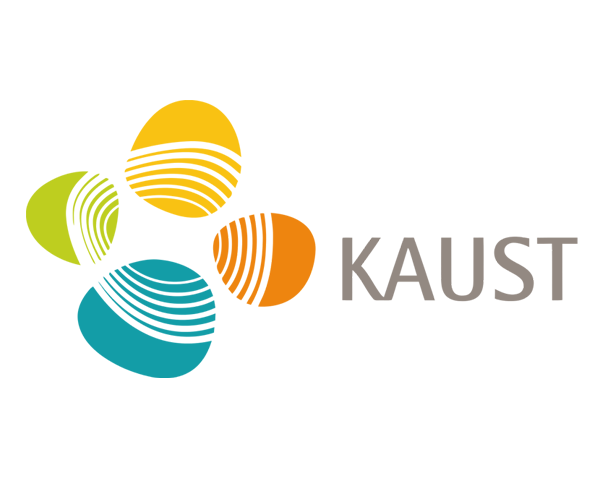
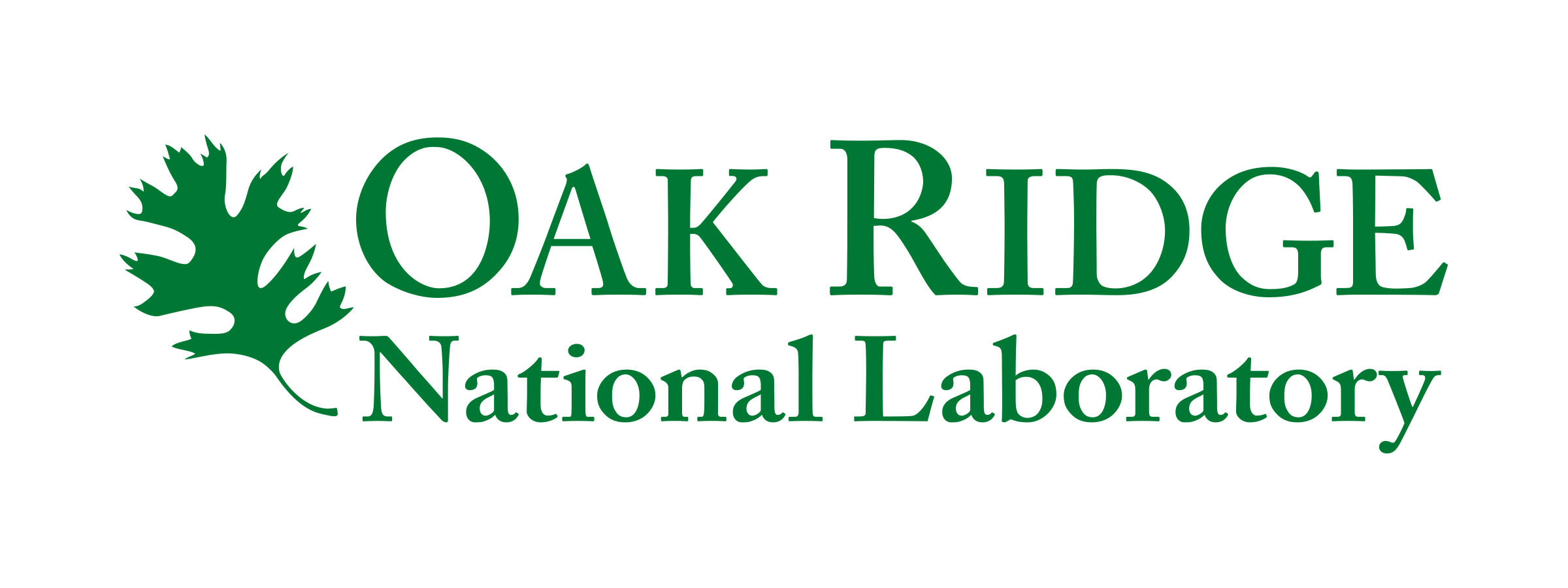


Publications:
- Foster M, Brugarolas R, Walker K, Mealin S, Cleghern Z, Yuschak S, Condit J, Adin D, Russenberger J, Gruen M, Sherman B, Roberts D, Bozkurt A. (2020) Preliminary Evaluation of a Wearable Sensor System for Heart Rate Assessment in Guide Dog Puppies. IEEE Sensors Journal, 20:16, 9449-9459.
- Brugarolas R, Yuschak S, Kuhn J, Adin D, Roberts DL, Sherman BL, Bozkurt A. (2019) Simultaneous Monitoring of Heart Rate and Respiratory Patterns During Scent Detection Tasks, IEEE Sensors Journal. IEEE Sensors Journal 19.4: 1454-1462.
- Williams E, Cleghern Z, Foster M, Holder T, Roberts D, Bozkurt A. (2020) A Smart Collar for Assessment of Activity Levels and Environmental Conditions for Guide Dogs. 42nd Annual International Conferences of the IEEE Engineering in Medicine and Biology Society (EMBC), Montreal, Canada.
Testbed 3: Animal Implants
Injectable physiological sensors (biopotential and biophotonic) overcome size-scale related limitations of surgically implantation. These devices are designed to monitor urban (pigeon) and farm (chicken/turkey) birds and endangered animals. These sensors are on track to achieve the first long-term physiological recordings related to the hibernation of dwarf lemurs of Madagascar, the only known hibernating non-human primate.


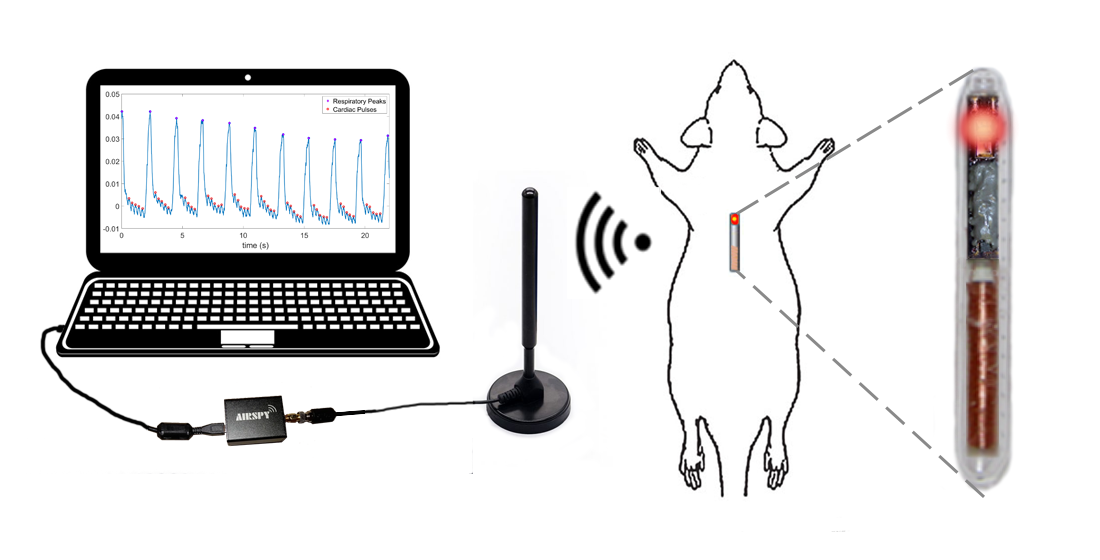
Sponsor:

Publications:
- Valero-Sarmiento JM, Ahmmed P, Bozkurt A. (2020) In Vivo Evaluation of a Subcutaneously Injectable Implant with a Low-Power Photoplethysmography ASIC for Animal Monitoring. Sensors, 20(24), 7335.
- Reynolds J, Ahmmed P, Bozkurt A. “An Injectable System for Subcutaneous Photoplethysmography, Accelerometry, and Thermometry in Animals”. IEEE Transactions of Biomedical Circuits and Systems, 2019 Oct;13(5):825-834.
- Ahmmed P, Reynolds J, Hamada S, Regmi P, Bozkurt A. (2021) Novel 3D-printed Electrodes for Implantable Biopotential Monitoring Applications. 43rd Annual International Conferences of the IEEE Engineering in Medicine and Biology Society (EMBC), Virtual.
Testbed 4: Plant Cyber-Physical Systems
Novel and low-cost electrochemical (leaf impedance), mechanical (growth rate) and optical (plant color) sensors placed on or near a plant provides continuous monitoring of plants’ stress response. We seek to understand the phenotypic expression of water stress and nutritional needs in crop plants and knowledge-based, optimized and automated delivery of water and fertilizers.

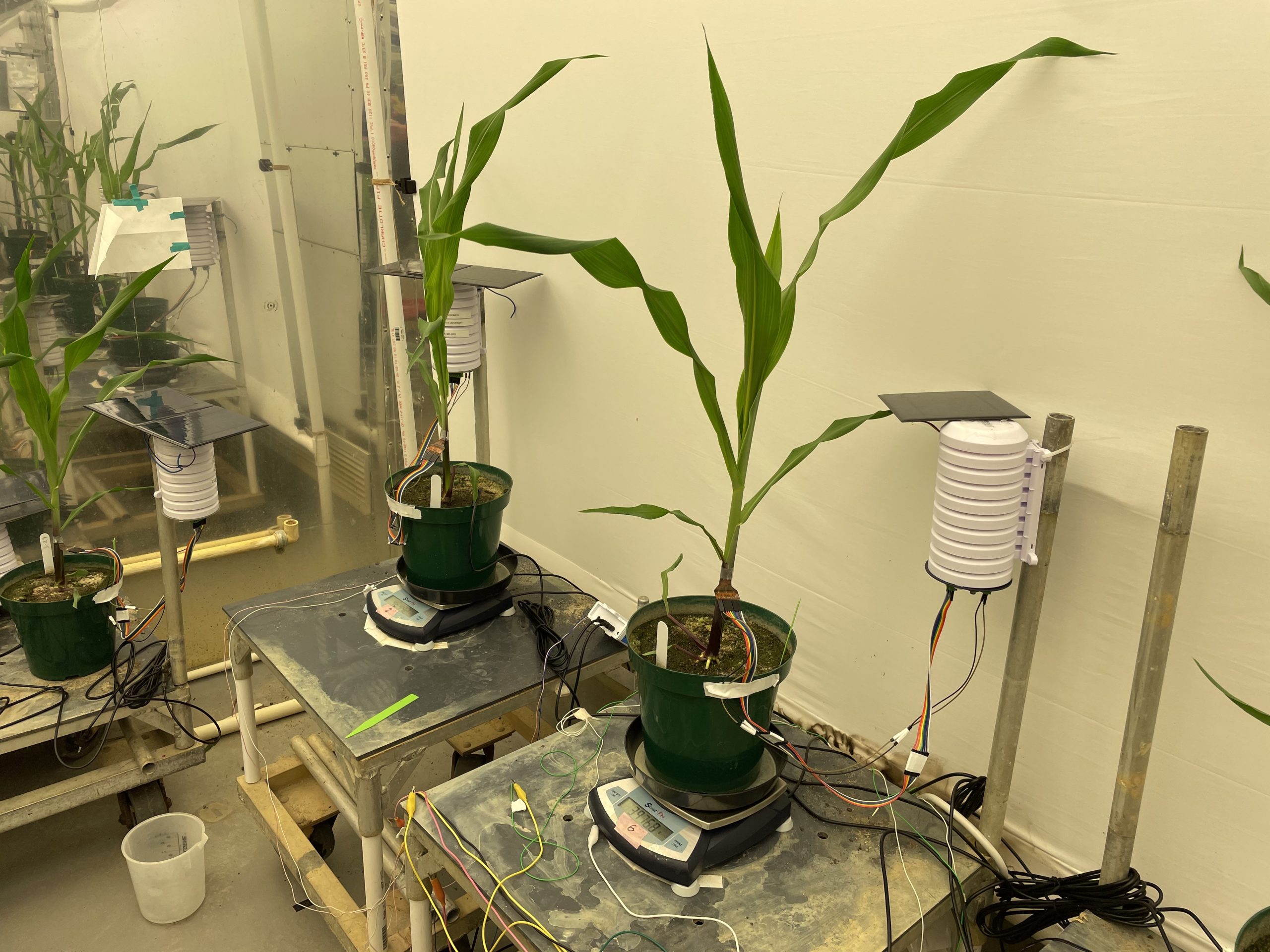
Sponsors:

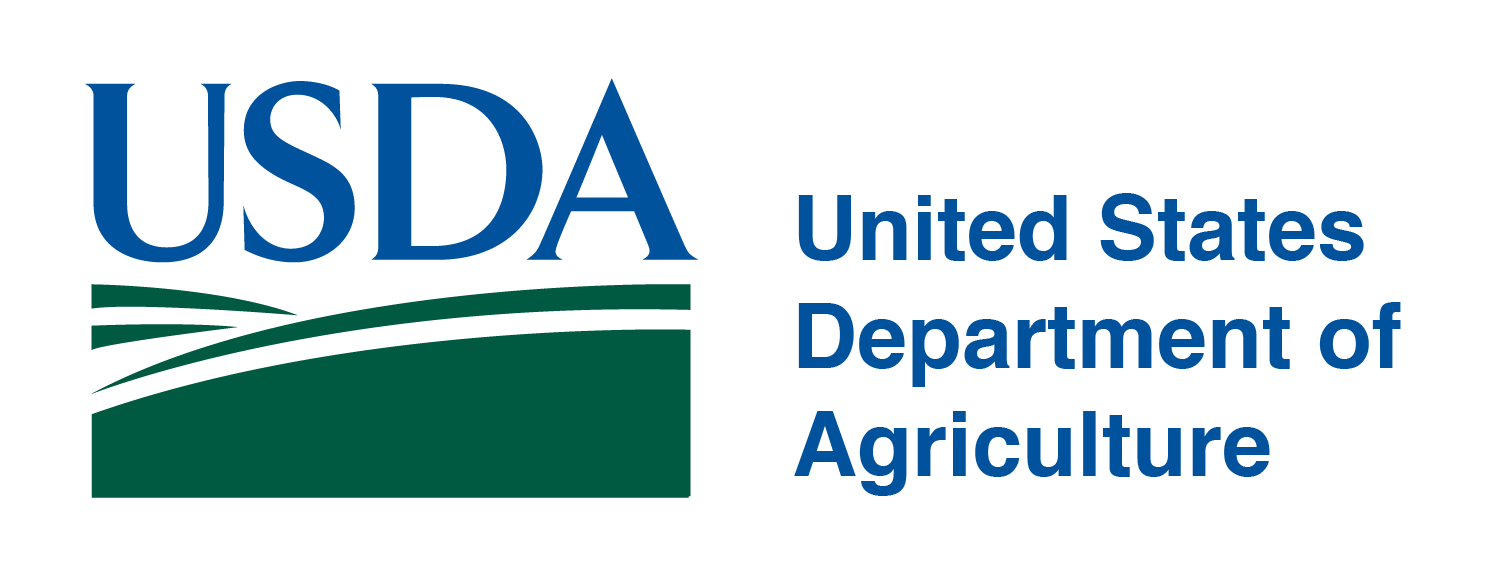
Publications:
- Reynolds J, Taggart M, Lobaton E, Daniele M, Rufty T, Bozkurt A. (2020) An Environmental Station with Bioimpedance Capabilities for Agricultural Deployment, IEEE SENSORS 2020, Rotterdam, The Netherlands.
- Da Silva RL, Starliper N, Bhosale DK, Taggart M, Ranganath R, Sarje T, Daniele M, Bozkurt A, Rufty T, Lobaton E. (2020) Feasibility Study of Water Stress Detection in Plants using a High-Throughput Low-Cost System,IEEE SENSORS 2020, Rotterdam, The Netherlands.
- Keller K., Wilkins M., Tunc-Ozdemir M., Reynolds J., Dieffenderfer J., Hood C., Daniele M., Bozkurt A. (2016) “Nanocellulose Electrodes for Interfacing Plant Electrochemistry”, IEEE SENSORS 2016, Orlando, FL.
Testbed 5: Insect Locomotion Control and Tracking
Externally applied neurostimulation navigates insect biobots in desired directions where the insects carry miniature radios and sensing devices (inertial measurement units, acoustic transducers, radio transceivers, bioimpedance electrodes). A cyberphysical sensor network of insect backpacks enable under-rubble exploration and mapping after natural disasters.

Sponsor:

Publications:
- Cole J, Bozkurt A, Lobaton E. (2020) Localization of Biobotic Insects Using Low-Cost Inertial Measurement Units. Sensors, 20:16, 4486.
- Latif T, McKnight M, Dickey MD, Bozkurt A. (2018) In vitro Electrochemical Assessment of Neurostimulation Electrodes for Roach-bots, PLoS ONE 13(10): e0203880.
- Latif T., Bozkurt A. (2017). Roach Biobots: Toward Reliability and Optimization of Control. IEEE Pulse, 8(5), 27-30.
- Cole J, Agcayazi T, Latif T, Bozkurt A, Lobaton E. (2017) Speed Estimation Based on Gait Analysis for Biobotic Agents, IEEE SENSORS 2017, Glasgow, UK.
Testbed 6: Mussel Monitoring
Freshwater mussels are endangered in North Carolina. We have developed systems to track their activity in order to identify specific stressors in their environment, such as pollution..
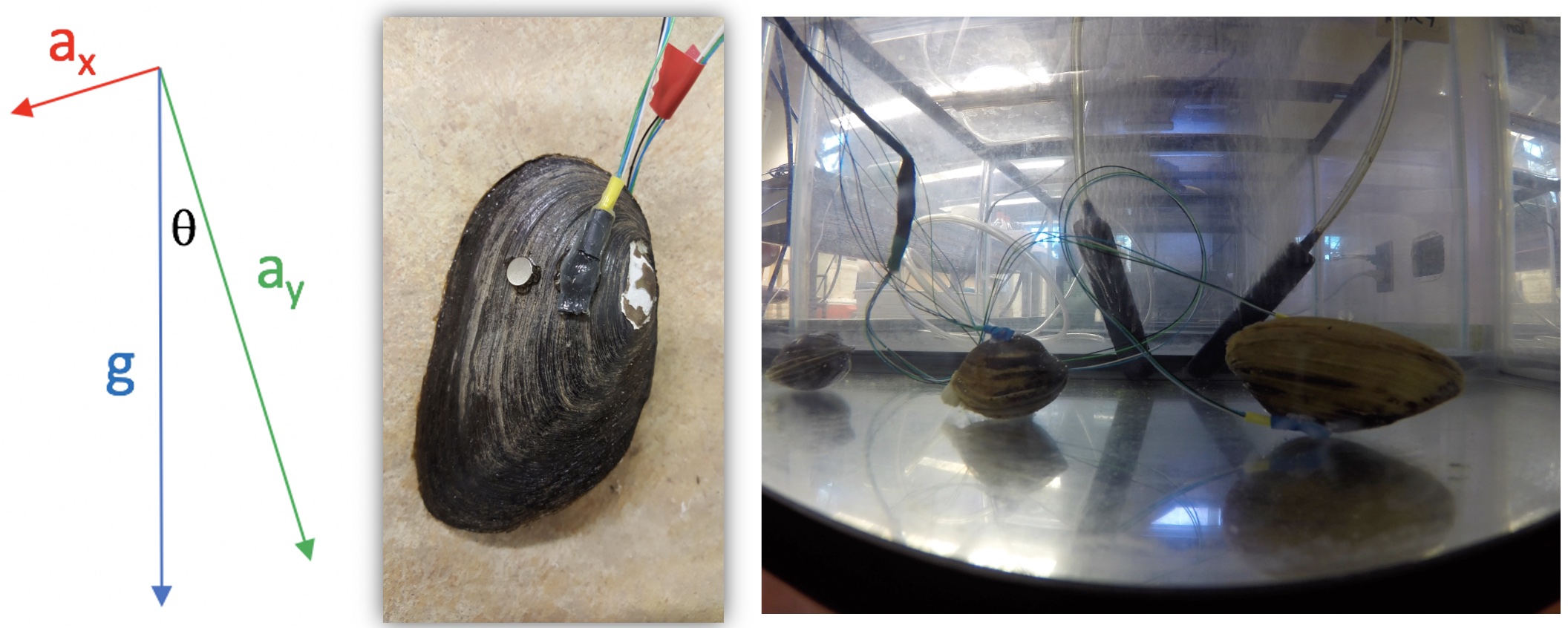
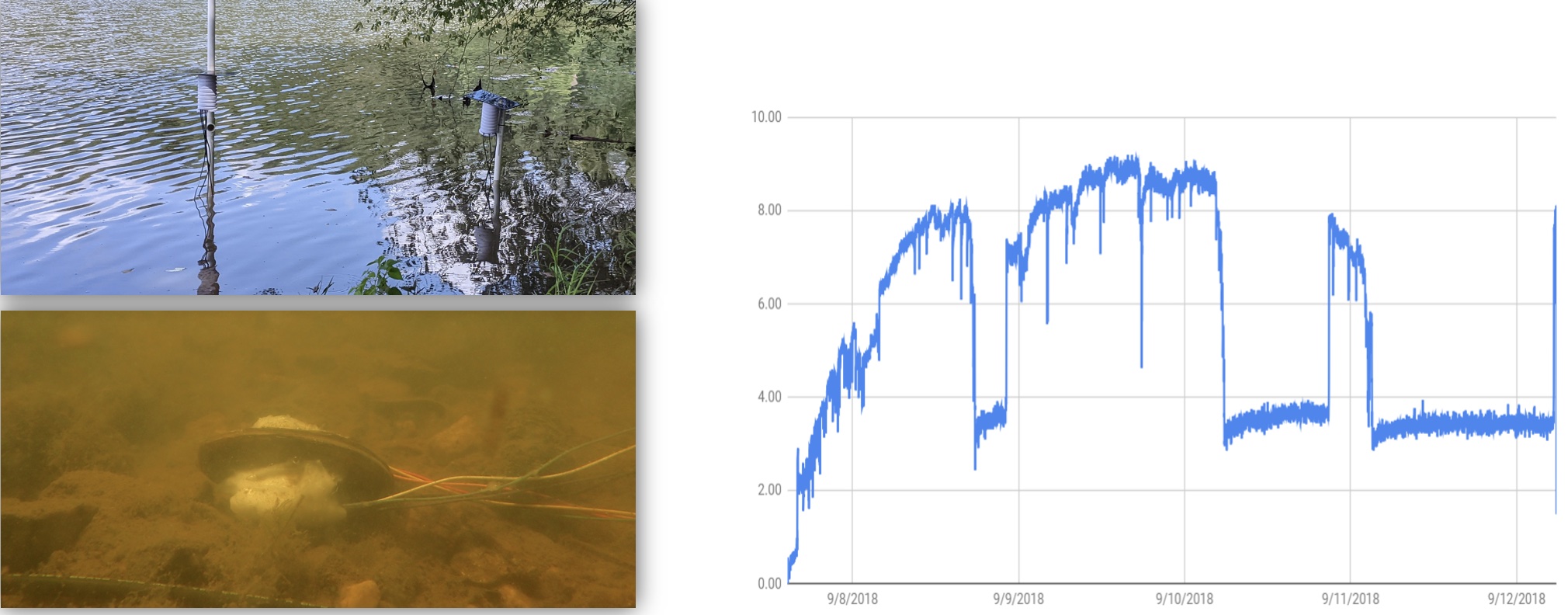
Sponsor:
